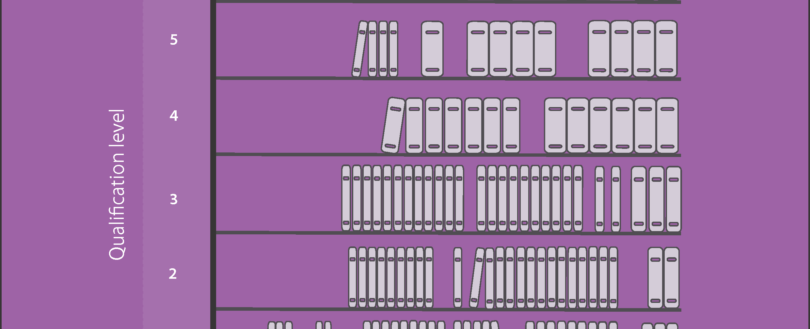
Have I achieved an Award, Certificate or Diploma? What does my qualification mean?
Like it? Share it!
06 January 2020
Having completed your qualification, you should now or very soon be in receipt of a certificate recognising your achievement.
FIA AO qualifications are registered on the Regulated Qualifications Framework (RQF).
But what does that mean and why doesn’t my certificate tell me whether I have achieved an ‘Award’, ‘Certificate’ or ‘Diploma’?
In short, certificates recognise learner achievement and the knowledge, understanding and skills demonstrated.
Awarding organisations are under regulatory requirements to include certain information and should provide clear and unambiguous detail of the learner and of their achievement.
There has been a number of changes over the past decade as the 2010 National Vocational Qualifications (NVQ) were replaced with the Qualification and Credit Framework (QCF).
The title NVQ was kept for industries that had well established, recognised qualifications in place, however the structure of qualifications changed.
The new format was intended to be more flexible. As such credits were awarded for units achieved leading to completion of the qualification. Therefore, learners could pick and choose units to complete whilst they were gaining credits as they progressed. These credits were then recognised with the titles ‘Award’, ‘Certificate’ or ‘Diploma’ included on the face of the certificate. It was quickly realised, however, that there was too much focus on the structure of the qualification and not enough on validity.
In 2015, qualifications once again changed and the QCF was replaced with the Regulated Qualifications Framework (RQF). RQF was introduced to make the management of qualifications simpler. The structure was changed to a more flexible model and the need to recognise qualifications as ‘Award’, ‘Certificate’ or ‘Diploma’ was removed.
As a guide, a Level 3 qualification is intended to be equivalent in complexity to an ‘A’ or ‘AS’ Level and is best described on the NIDirect.gov.uk website as:
• ability to gain or apply a range of knowledge, skills and understanding at a detailed level
• appropriate if you plan to go to university, work independently or (in some cases) supervise and train others in their field of work
The size of the qualification is expressed as the Total Qualification Time (TQT) which is stated in the qualification specification. TQT replaced ‘Award’, ‘Certificate’ or ‘Diploma’ as an expression of the length of the qualification and is made up of:
• Guided Learning Hours – Number of hours under the direct instruction of a teacher, lecturer or tutor
• Directed Learning Hours – Number of hours learning other than under the direct instruction of a teacher, lecturer or tutor
• Invigilated Assessment – Number of hours assigned to assessment, details of format and structure will also be included in the qualification specification
There is no requirement to include TQT on the certificate, although it must be clearly stated in the qualification specification and serve as guidance to centres providing the learning necessary to achieve the award. Some centres may take a longer time than others and the effect of this can be seen in the centre results.
In short, the RQF is straightforward. The more complex and difficult the qualification, the higher the level of it. Qualifications can be made of smaller units. Within the framework there are 8 levels of qualification plus 3 entry levels.
"The RQF provides a single, simple system for cataloging all qualifications regulated by us. It’s like a bookcase in a library, with qualifications indexed by their ‘level’ and ‘size’. Qualifications at any specific level can be very different from one another, for example in their content and purpose." OFQUAL
Related news
Related resources
-
Euralarm-FAQs-re-Environmental-Product-Declarations-EPDs.pdf 1
27 November 2025
-
Memorandum of Association
01 September 2022
-
April 2021 - Six Employment Law Changes.pdf
09 April 2021
